What is On-Page SEO and Why Does It Matter?
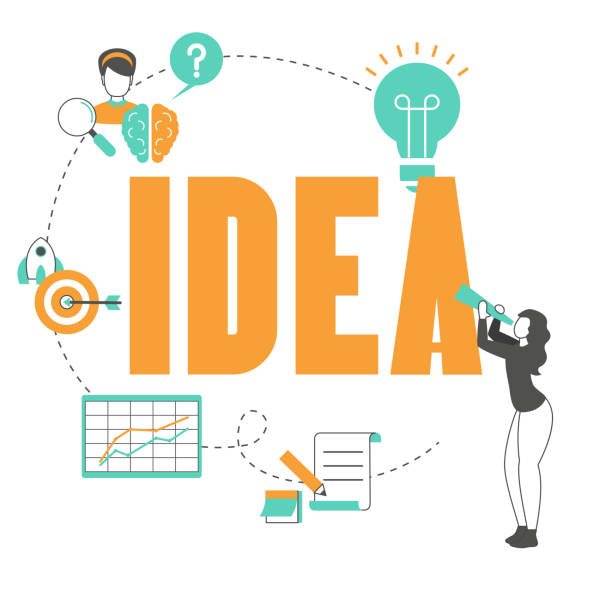
On-Page SEO refers to the set of actions you take within your website to improve your site’s ranking in Google search results.
These actions include optimizing content, site structure, HTML tags, and other internal factors.
The importance of #On_Page_SEO stems from the fact that it helps search engines better understand the subject and content of your website pages.
When Google understands what topic your page is about, it can show it to users in relevant search results.
Without a strong On-Page SEO strategy, your off-page SEO efforts alone cannot achieve the desired results.
Technical SEO also plays an important role. In fact, on-page SEO is the foundation for any website’s success in attracting organic traffic.
On-page SEO also helps you create a better user experience for site visitors.
Also, on-page SEO can also improve keyword research.
By optimizing internal elements, users can navigate your site more easily and find the information they need.
This increases conversion rates and reduces user bounce rates.
On-page SEO is an ongoing process that requires constant attention and updates.
Are you tired of your company’s website failing to meet your expectations? With Rasaweb, design a professional website that showcases the true face of your business.
✅ Increase the attraction of new customers and sales leads
✅ Increase the credibility and trust of your brand with your audience
⚡ Get a free website design consultation!
Keyword Research; The First Step in On-Page SEO

Keyword research is the cornerstone of any SEO strategy, especially in on-page SEO.
You need to know exactly what words users are searching for on Google so you can optimize your content accordingly.
There are several tools for keyword research, including Google Keyword Planner, Ahrefs, and SEMrush.
Using these tools, you can find keywords related to your business, check their search volume, and assess the competition for each keyword.
After identifying the right keywords, you should use them naturally in your titles, meta descriptions, body text, and other page elements.
Keep in mind that excessive use of keywords (Keyword Stuffing) can harm your site’s ranking.
Your goal should be to provide valuable and relevant content to users, not just to deceive search engines.
In #keyword_research, you should also look for long-tail keywords.
These keywords usually have lower search volume, but there is also less competition for them, and they can attract more targeted traffic to your site.
By understanding the needs and questions of your audience and using the right keywords, you can create content that is both valuable to users and improves your site’s ranking in search results.
For professional on-page SEO, keyword research is very important.
Optimizing Titles and Meta Descriptions
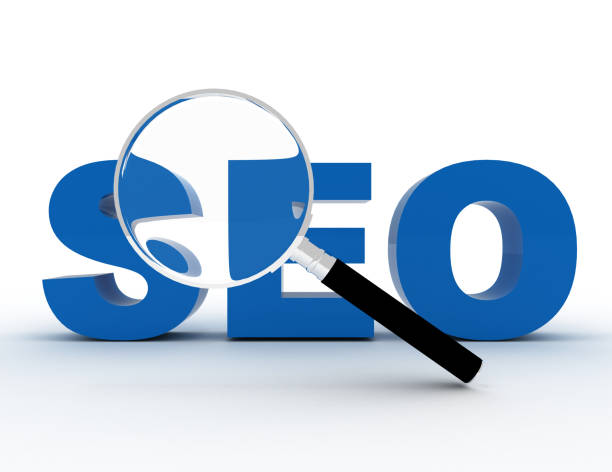
Title Tags and Meta Descriptions are the first things users see in search results.
These two elements play an important role in attracting users to your website.
The title should be concise, engaging, and relevant to the content of the page, and should also include the main keyword.
The title length should be between 50 and 60 characters to be fully displayed in search results.
Meta descriptions should also be a short and engaging summary of the page’s content and encourage users to click on your link.
The length of meta descriptions should be between 150 and 160 characters.
Write unique title and meta descriptions for each page of your website.
Avoid using duplicate titles and meta descriptions, as this can harm your site’s ranking.
By optimizing titles and meta descriptions, you can increase your click-through rate (CTR) in search results and attract more traffic to your website.
On-page SEO improves your ranking in Google’s search page.
An important point in on-page SEO is that these two are very critical in on-page SEO.
| Element | Description | Best Practice |
|---|---|---|
| Title Tag | The title of the page that appears in search results. | Concise, engaging, including keyword, length 50-60 characters |
| Meta Description | A short summary of the page content that appears in search results. | Attractive, encourages clicks, length 150-160 characters |
Content Optimization; The King of On-Page SEO

Content is the most important factor in on-page SEO.
Your content should be valuable, relevant, and unique.
Valuable content provides users with useful information and meets their needs.
Relevant content addresses topics of interest to users and matches the keywords they are searching for.
Unique content has not been published anywhere else on the Internet before.
To create quality content, you must first know your audience and understand their needs.
Then, you need to find keywords related to your topic and use them naturally in your content.
Update your content regularly to keep it fresh and relevant.
Use images, videos, and other visual elements to make your content more engaging.
By providing quality content, you can improve your site’s ranking in search results, attract more traffic to your website, and increase your credibility in your industry.
On-page SEO is based on optimized content.
Content optimization makes on-page SEO higher quality.
If your content is valuable, users will spend more time on your site, which helps Google better understand your site.
Are you losing business opportunities because of an outdated website? With Rasaweb, solve the problem of not attracting potential customers through your website forever!
✅ Attract more qualified leads
✅ Increase brand credibility in the eyes of customers
⚡ Get a free corporate website design consultation
Image Optimization; Visual SEO
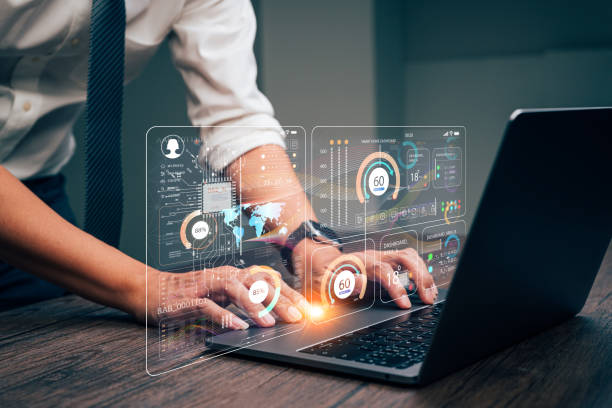
Image optimization is an important aspect of on-page SEO that is often overlooked.
Optimized images can help improve page loading speed, increase traffic, and improve user experience.
Before uploading images to your website, optimize them using image compression tools.
This reduces the file size of the images and increases the page loading speed.
Use appropriate image formats such as JPEG, PNG, and WebP.
JPEG is suitable for images with many colors, PNG is suitable for images with simple graphics, and WebP is a modern format that has both high quality and small size.
Use descriptive file names for your images.
Instead of using generic file names like “IMG_1234.jpg”, use file names that describe the subject of the image, such as “Mount_Damavand_in_Winter.jpg”.
Use the alt tag for your images.
The alt tag is an alternative text that is displayed if the image does not load.
The alt tag should briefly describe the subject of the image and include the main keyword.
By optimizing your images, you can help search engines better understand your images and display them in image search results.
You can also improve the user experience and increase the page loading speed.
On-page SEO helps improve your site by optimizing images.
One of the important factors of on-page SEO is image optimization.
Friendly URL Structure; Easy Navigation
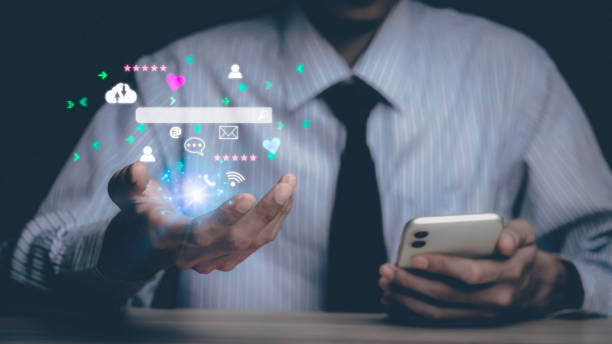
Your website’s URL structure plays an important role in on-page SEO and user experience.
Friendly URLs are URLs that are understandable to humans and search engines.
Friendly URLs should be short, descriptive, and include the main keyword.
Avoid using special characters, numbers, and other unnecessary characters in your URL.
Use a hyphen (-) to separate words in the URL.
Avoid creating nested and complex URLs.
Design your website’s URL structure so that users can easily navigate your site and find the pages they are looking for.
For example, a friendly URL for a page about “On-Page SEO” could be: example.com/on-page-seo.
This URL is short, descriptive, and includes the main keyword.
By creating friendly URLs, you can help search engines better understand your pages and rank them in search results.
You can also improve the user experience and encourage users to stay on your site longer.
On-page SEO increases your ranking by using optimized links.
Internal linking is an important component in on-page SEO.
Internal Linking; Creating a Network of Content
![]()
Internal linking refers to the process of creating links between different pages of your website.
Internal linking helps search engines better understand the structure of your site and identify more important pages.
Also, internal linking helps users easily navigate your site and find the information they need.
When linking internally, use descriptive Anchor Text.
Anchor text is the text you click on to go to another page.
The anchor text should be relevant to the content of the page you are linking to.
Give more links to the more important pages of your site.
Pages that you want to rank higher in search results should receive more links from other pages of the site.
Avoid creating Broken Links.
Broken links are links that lead to pages that do not exist.
Broken links can harm your site’s ranking and disrupt the user experience.
By creating a strong network of internal links, you can help search engines better understand your site, improve the user experience, and increase your site’s ranking in search results.
Internal linking is very important in on-page SEO.
| Advantage | Description |
|---|---|
| Improve Ranking | Helps search engines better understand the site structure. |
| Better User Experience | Users can easily access the information they need. |
| Increase Retention Time | Visitors stay on the site longer. |
Page Load Speed; Fast User Experience

Page loading speed is an important factor in on-page SEO and user experience.
Users expect your website pages to load quickly.
If your page loads slowly, users may leave your site and go to a competitor’s site.
Page loading speed can be checked using various tools such as Google PageSpeed Insights and GTmetrix.
These tools show you what factors are slowing down your page loading and what actions you can take to improve it.
Some of the things you can do to improve page loading speed include: optimizing images, using content delivery networks (CDN), enabling Gzip compression, and reducing the number of HTTP requests.
By improving page loading speed, you can improve the user experience, reduce the bounce rate, and increase your site’s ranking in search results.
Page loading speed is an important factor in on-page SEO.
Improving site speed greatly helps improve on-page SEO.
On-page SEO requires a fast website.
Does your current corporate website present a worthy image of your brand and attract new customers?
If not, turn this challenge into an opportunity with Rasaweb’s professional corporate website design services.
✅ Significantly improves the credibility and image of your brand.
✅ Smooths the path for attracting leads and new customers.
⚡ Contact Rasaweb now for free and specialized advice!
Mobile Optimization; Mobile-Friendly World
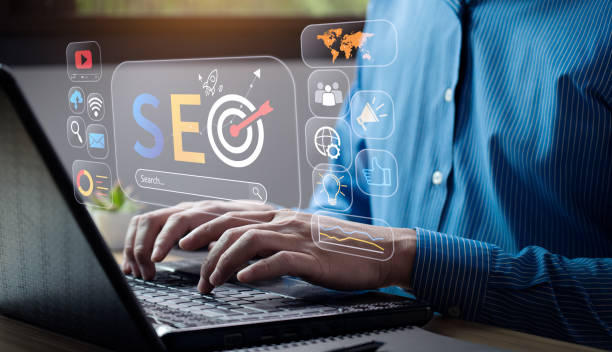
Given that most Internet users access websites through mobile devices, mobile optimization is a necessity.
Your website should be compatible for display on mobile devices with different screen sizes.
Responsive Design is the best way to ensure that your website displays correctly on all devices.
You should also make sure that your website is easy to touch and that users can easily navigate it.
Use large and readable fonts and avoid placing clickable elements close together.
Google also gives a higher ranking to websites that are optimized for mobile.
By optimizing for mobile, you can improve the user experience, attract more traffic to your website, and increase your site’s ranking in search results.
Mobile optimization makes you have a stronger on-page SEO.
On-page SEO pays special attention to the mobile version of the site.
Mobile SEO is also very important.
Monitoring and Measurement; Reviewing Results
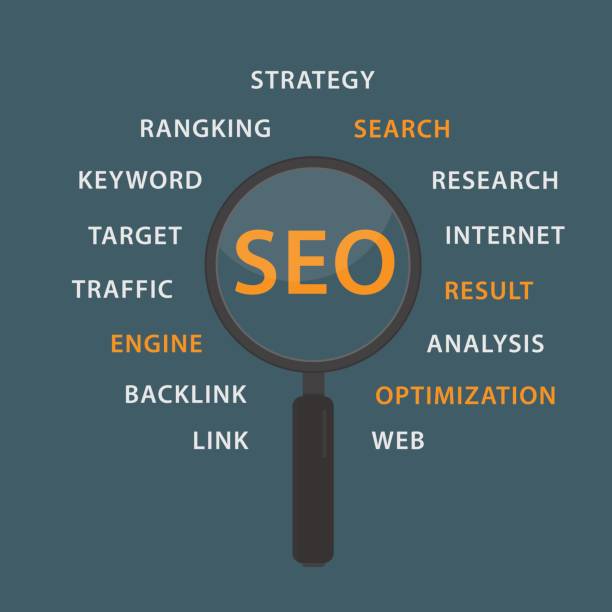
On-page SEO is an ongoing process and requires monitoring and measurement.
You should regularly check the performance of your website and see if your on-page SEO strategy is effective.
You can use various tools such as Google Analytics and Google Search Console to do this.
Google Analytics gives you information about website traffic, user behavior, and conversion rates.
Google Search Console gives you information about your website’s performance in search results, the keywords that users use to reach your site, and the site’s technical issues.
Using this information, you can identify the strengths and weaknesses of your on-page SEO strategy and make the necessary changes.
On-page SEO helps you keep your site optimized.
Monitoring the site is a key factor in on-page SEO.
SEO tools help you.
On-page SEO needs to be constantly reviewed and evaluated.
Frequently Asked Questions
| Question | Answer |
|---|---|
| What is a Meta Title and why is it important in on-page SEO? | The meta title is the most important element of on-page SEO that is displayed at the top of the browser tab and in search results. This title helps search engines and users understand the main topic of the page and should include the main keyword. |
| What role does the Meta Description play in on-page SEO? | The meta description is a short summary of the page content that is displayed below the title in search results. Although it does not directly affect ranking, its attractiveness can increase the click-through rate (CTR). |
| How should keywords be used in page content? | Keywords should be used naturally and relevantly in strategic locations such as the title, headings, first paragraph, and body text. Avoid excessive keyword stuffing. |
| What is the importance of high-quality and comprehensive content in on-page SEO? | High-quality, unique, informative, and comprehensive content that meets the user’s needs is of great importance. Search engines give higher rankings to content that creates real value. |
| What is the application of heading tags (H1-H6) in the structure of on-page SEO? | Heading tags (H1, H2, H3, etc.) are used to structure content and specify the importance of different sections. H1 is the main title of the page and each page should have only one H1. Other tags are used for subheadings. |
| How to optimize images to improve on-page SEO? | To optimize images, use descriptive Alt Text that includes relevant keywords, reduce the image file size without losing quality, and use meaningful and relevant file names. |
| What are the characteristics of a friendly URL for on-page SEO? | A friendly URL should be short, readable, descriptive, include main keywords, and without extra characters. The URL structure should be hierarchical and logical to be understandable for both users and search engines. |
| How does internal linking help on-page SEO? | Internal linking helps users and search engine crawlers better understand the site structure, transfer page authority, and increase the time spent on the site by connecting related pages to each other. |
| What is the impact of page loading speed on on-page SEO? | High loading speed is critical for both user experience and SEO ranking. Slower pages may be ignored by search engines and lead to an increased bounce rate. |
| Why is mobile-friendliness so important in on-page SEO? | Given the increasing number of searches through mobile devices, having a responsive and mobile-friendly site is essential for user experience and ranking in search results (Google’s mobile-first indexing). |
And other services of Rasa Web advertising agency in the field of advertising
Intelligent linking: Designed for businesses looking to manage campaigns through the use of real data.
Intelligent sales automation: An effective tool for managing campaigns by optimizing key pages.
Intelligent sales automation: An exclusive service for improving SEO ranking based on precise audience targeting.
Intelligent digital advertising: A combination of creativity and technology to analyze customer behavior through proprietary programming.
Intelligent advertising campaign: A quick and efficient solution for digital branding with a focus on attractive user interface design.
And more than hundreds of other services in the field of internet advertising, advertising consulting and organizational solutions
Internet advertising | Advertising strategy | Reportage advertisement
Resources
What is on-page SEO? Zero to one hundred on-page SEO
,What is on-page SEO? Learning to optimize your site for search engines
,On-Page SEO: On-Page Site Optimization Training
,What is on-page SEO and why is it important? | New
? Are you ready to transform your business in the digital world? At Rasaweb Afarin Digital Marketing Agency, with our expertise in user-friendly website design and the implementation of comprehensive digital strategies, we help you have a powerful and effective presence in the online space. From SEO and online advertising to social media management, we are your digital partner for achieving your goals.
📍 Tehran, Mirdamad Street, next to the Central Bank, Kazerun Jonoubi Alley, Ramin Alley No. 6



